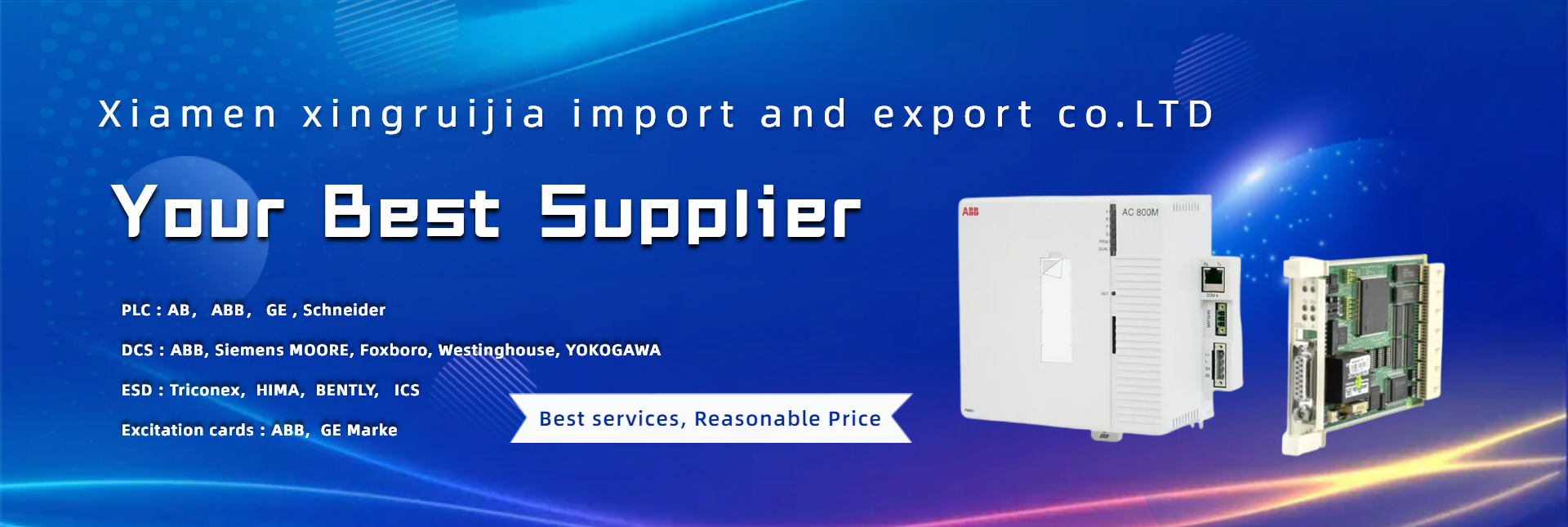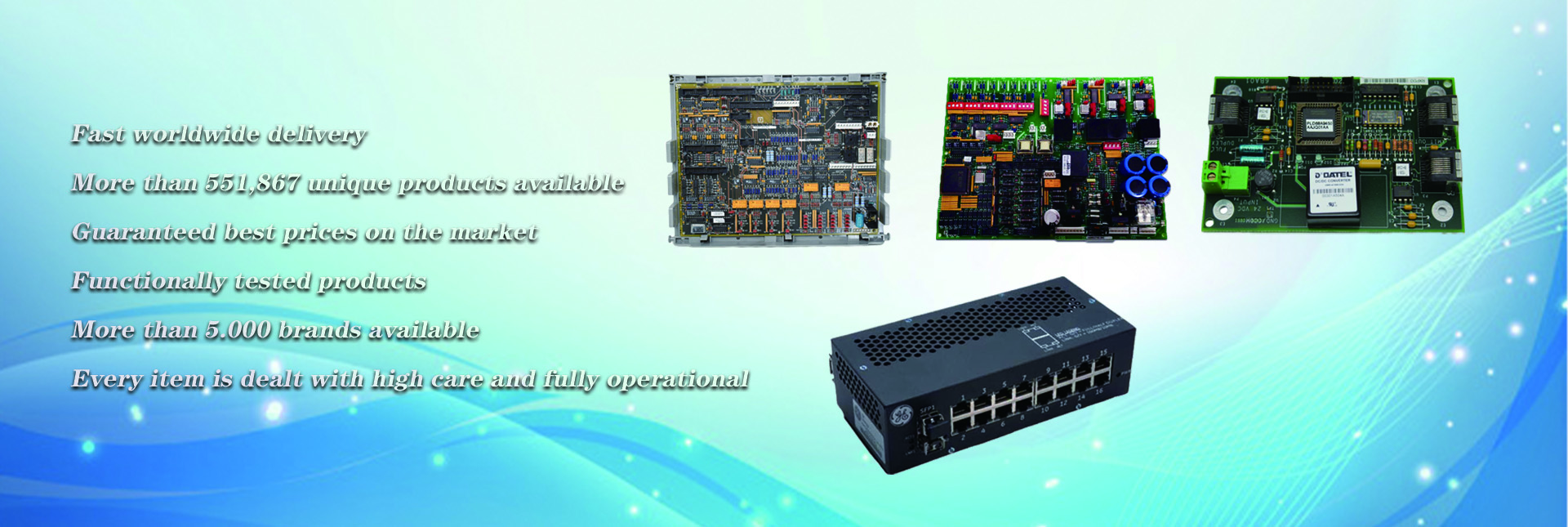DCS system is a major automatic control system besides PLC. It is widely used in chemical industry, thermal power and other fields. However, the demand for automation technology in production has been further improved. The traditional DCS system can no longer meet the needs and needs to be upgraded.
The DCS system is an automatic control system that uses multiple computers to control multiple control loops in the production process, and at the same time can centrally obtain data, centrally manage and centrally control. The distributed control system uses microprocessors to control each circuit separately, and uses small and medium-sized industrial control computers or high-performance microprocessors to implement the upper level control.
After continuous application over the years, some limitations of the development of DCS system in the industry are gradually reflected. The problems of DCS are as follows:
(1) 1 to 1 structure. One instrument, one pair of transmission lines, transmits one signal in one direction. This structure leads to complicated wiring, long construction period, high installation cost and difficult maintenance.
(2) Poor reliability. Analog signal transmission is not only low in accuracy, but also vulnerable to interference. Therefore, various measures are taken to improve the anti-interference and transmission accuracy, and the result is increased cost.
(3) Out of control. In the control room, the operator can neither understand the working condition of the field analog instrument, nor adjust its parameters, nor predict the accident, resulting in the operator being out of control. It is not uncommon for operators to find field instrument faults in time.
(4) Poor interoperability. Although analog instruments have unified the 4~20mA signal standard, most of the technical parameters are still determined by the manufacturer, which makes the instruments of different brands cannot be interchanged. As a result, users rely on manufacturers, unable to use the matching instruments with the best performance and price ratio, and even the situation that individual manufacturers monopolize the market.
development direction
The development of DCS has been quite mature and practical. There is no doubt that it is still the mainstream of the application and selection of industrial automation systems at present. It will not immediately withdraw from the stage of field process control with the emergence of fieldbus technology. Facing challenges, DCS will continue to develop along the following trends:
(1) Development towards comprehensive direction: the development of standardized data communication links and communication networks will form a large system of industrial control equipment such as various single (multiple) loop regulators, PLC, industrial PC, NC, etc. to meet the requirements of factory automation and adapt to the general trend of openness.
(2) Development towards intelligence: the development of database system, reasoning function, etc., especially the application of knowledge base system (KBS) and expert system (ES), such as self-learning control, remote diagnosis, self-optimization, etc., AI will be realized at all levels of DCS. Similar to FF fieldbus, microprocessor-based intelligent devices such as intelligent I/O, PID controller, sensor, transmitter, actuator, human-machine interface, and PLC have emerged one after another.
(3) DCS industrial PC: It has become a major trend to form DCS by IPC. PC has become a common operation station or node machine of DCS. PC-PLC, PC-STD, PC-NC, etc. are the pioneers of PC-DCS. IPC has become the hardware platform of DCS.
(4) DCS specialization: In order to make DCS more suitable for the application in various fields, it is necessary to further understand the process and application requirements of corresponding disciplines, so as to gradually form such as nuclear power DCS, substation DCS, glass DCS, cement DCS, etc.
Post time: Feb-22-2023


